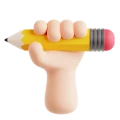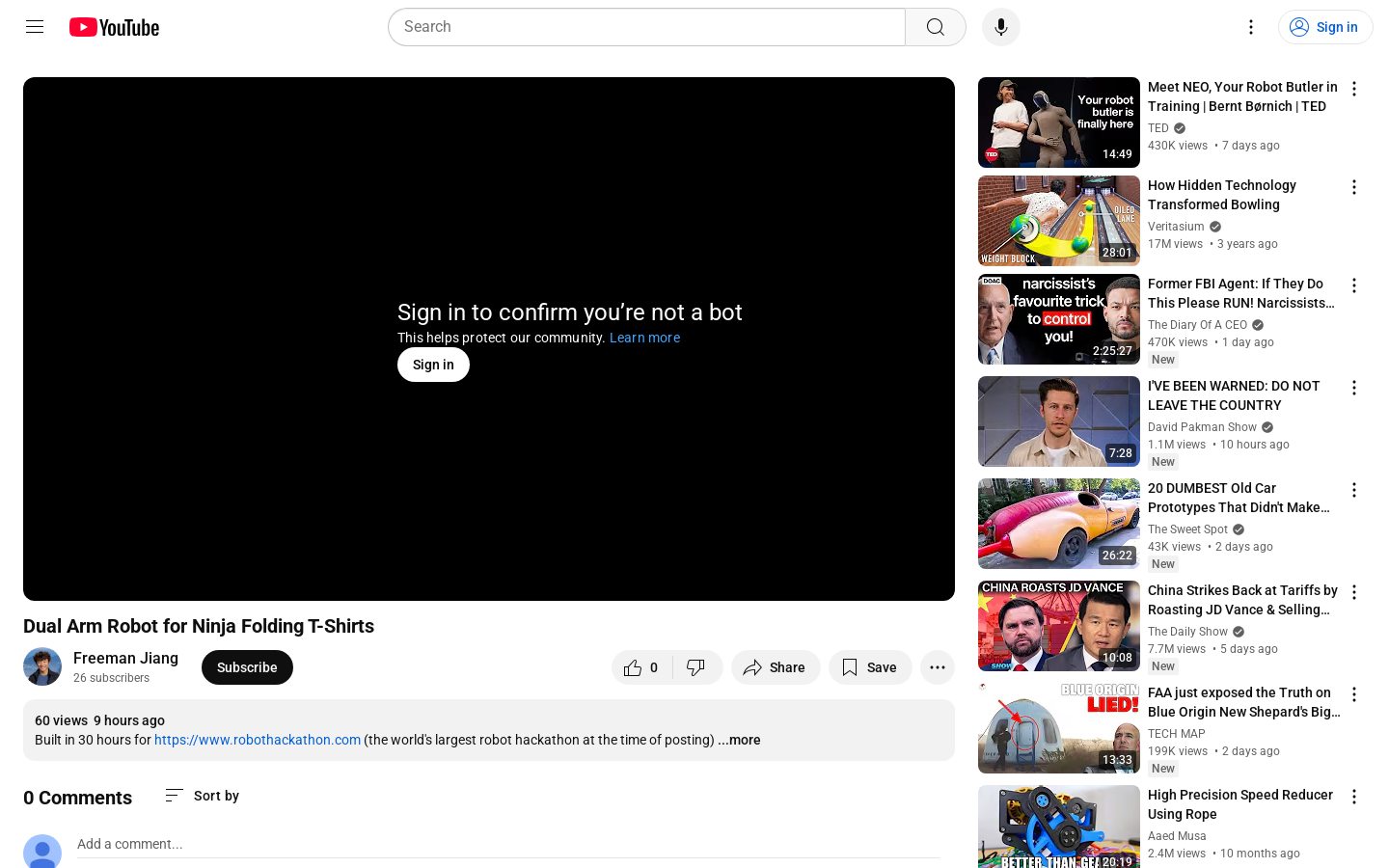

Highlight 1
The autonomous folding capability illustrates significant advancements in robotics and machine learning, making laundry tasks easier.
Highlight 2
The use of a bimanual arm setup increases efficiency and reduces the time taken for folding compared to traditional methods.
Highlight 3
The training process using teleoperated sessions allows for continuous improvement in the folding algorithm.

Improvement 1
The success rate of folding shirts could be improved; enhancing the model's learning could reduce failure rates.
Improvement 2
Simplifying the power setup by integrating a more efficient power management system could enhance usability.
Improvement 3
Providing detailed user instructions or an app for better control and monitoring of the robot's performance could improve user experience.
Product Functionality
Improve integration with smart home systems for easier control and customization of folding settings.
UI & UX
Enhance the user interface by simplifying the setup instructions and providing an intuitive control dashboard.
SEO or Marketing
Focus on creating engaging content around the innovation in robotic laundry solutions to attract a broader audience.
MultiLanguage Support
Consider adding multi-language support for the instructional content and website to cater to international users.
- 1
How does the robot learn to fold shirts?
The robot is trained using an Action Chunking Transformer that predicts joint configurations based on camera inputs gathered from teleoperated folding sessions.
- 2
What is the success rate of the folding process?
The robot achieves a successful fold approximately 70% of the time, with additional failure rates due to dropping shirts or not letting go of them.
- 3
What do I need to set up the robot arms?
You will need a computer to manage the arms, along with 6 power adapters, multiple USB-A and USB-C connections to power the arms and cameras.
